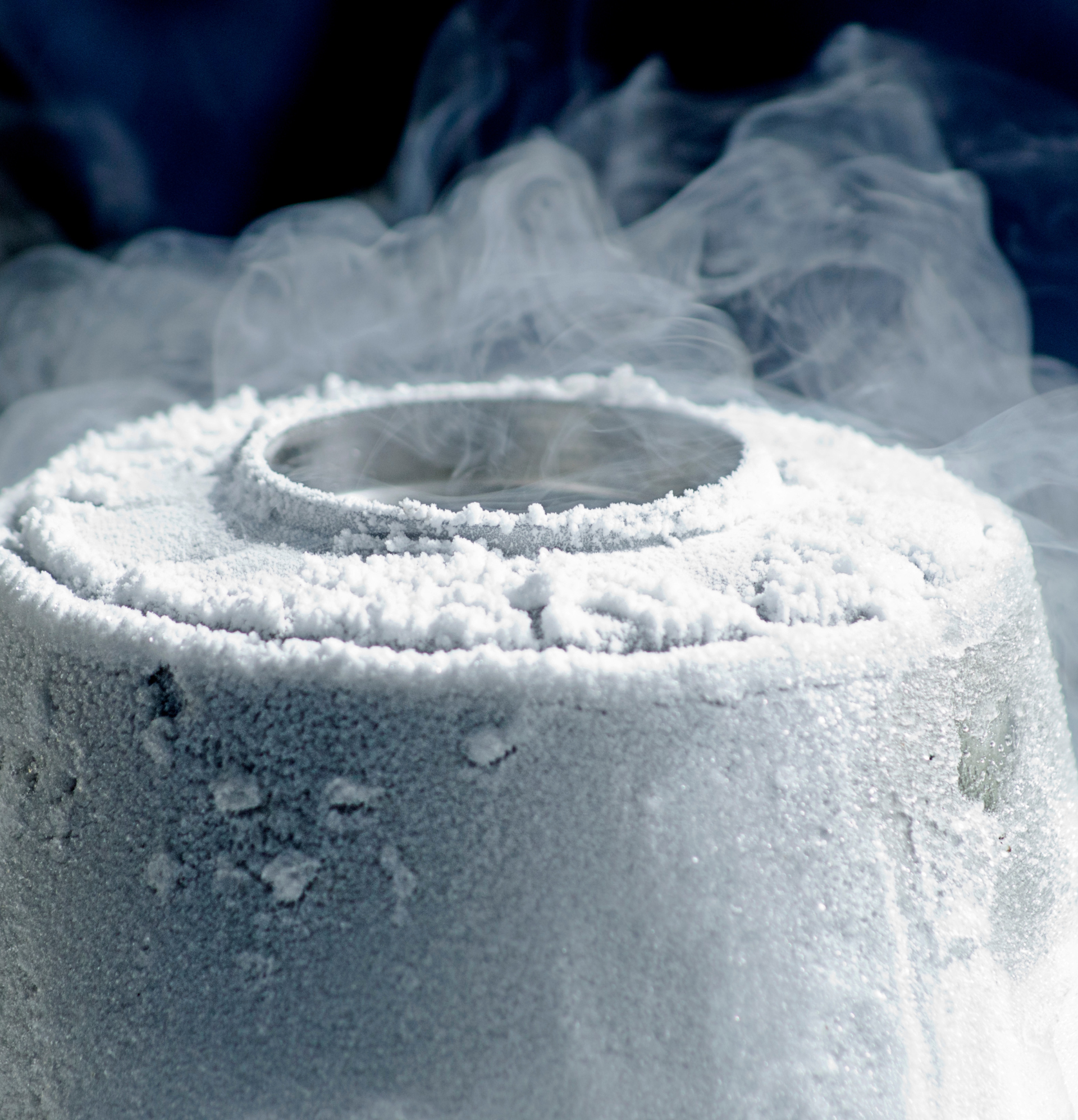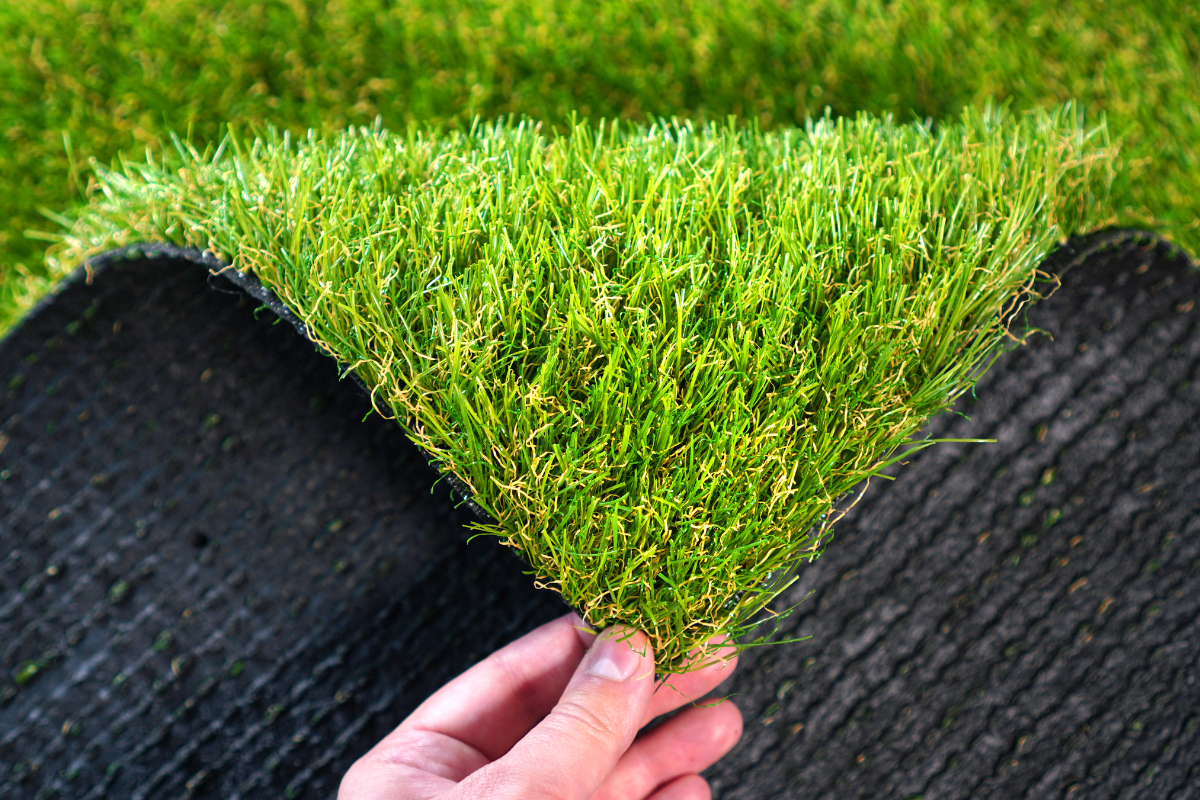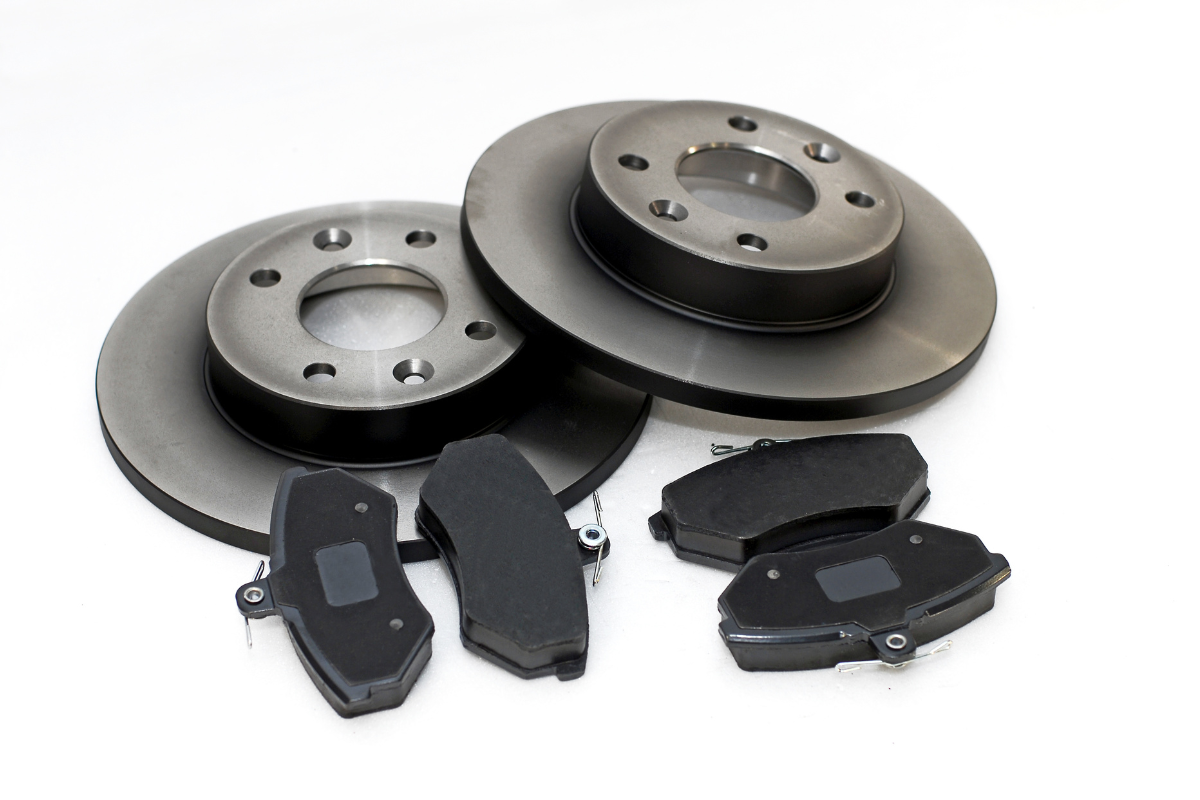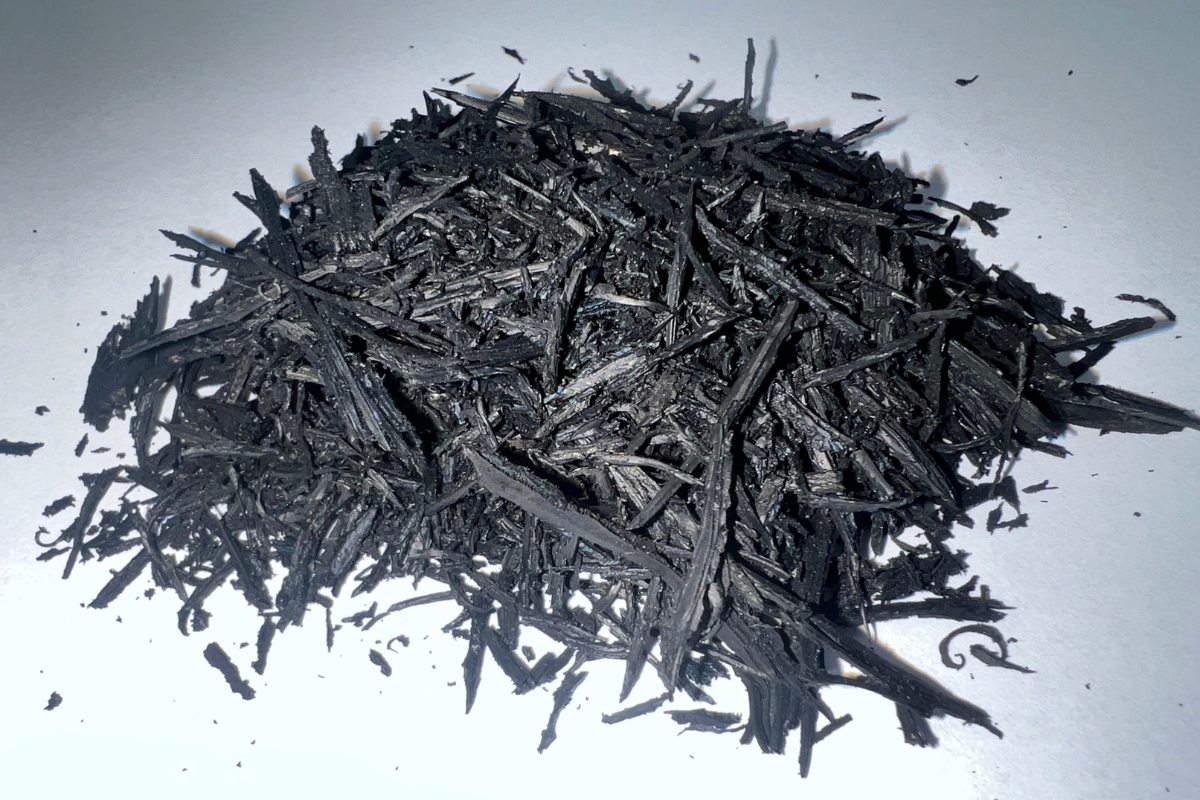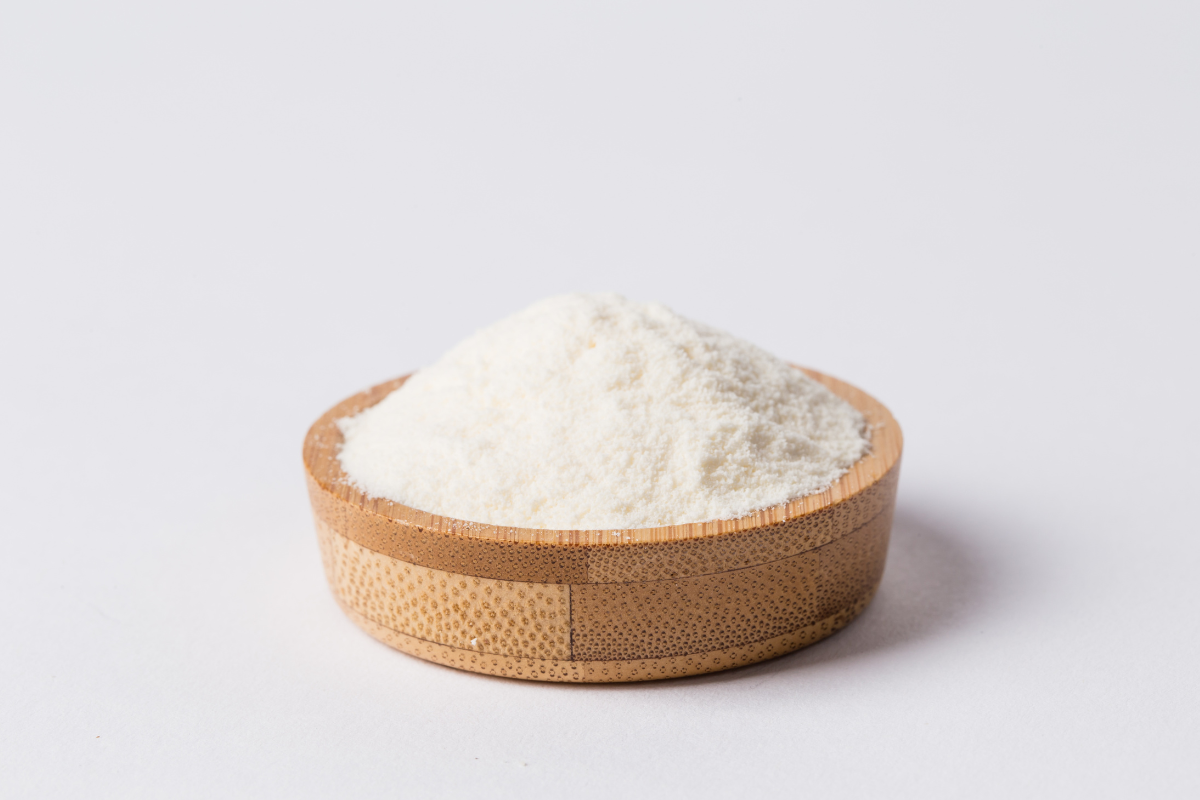In recent years, there has been growing concern about the safety of recycled tire materials, particularly in turf applications. As more businesses and municipalities turn to recycled rubber, for landscaping, playgrounds, and synthetic fields, questions around potential health risks have emerged.
However, the extensive research and studies conducted by respected organizations like the EPA, CDC, and CPSC have consistently shown that infill materials—like other recycled rubber products—pose no significant health risks. This blog post aims to address these concerns and reassure you that turf systems made from recycled rubber are both safe and effective.
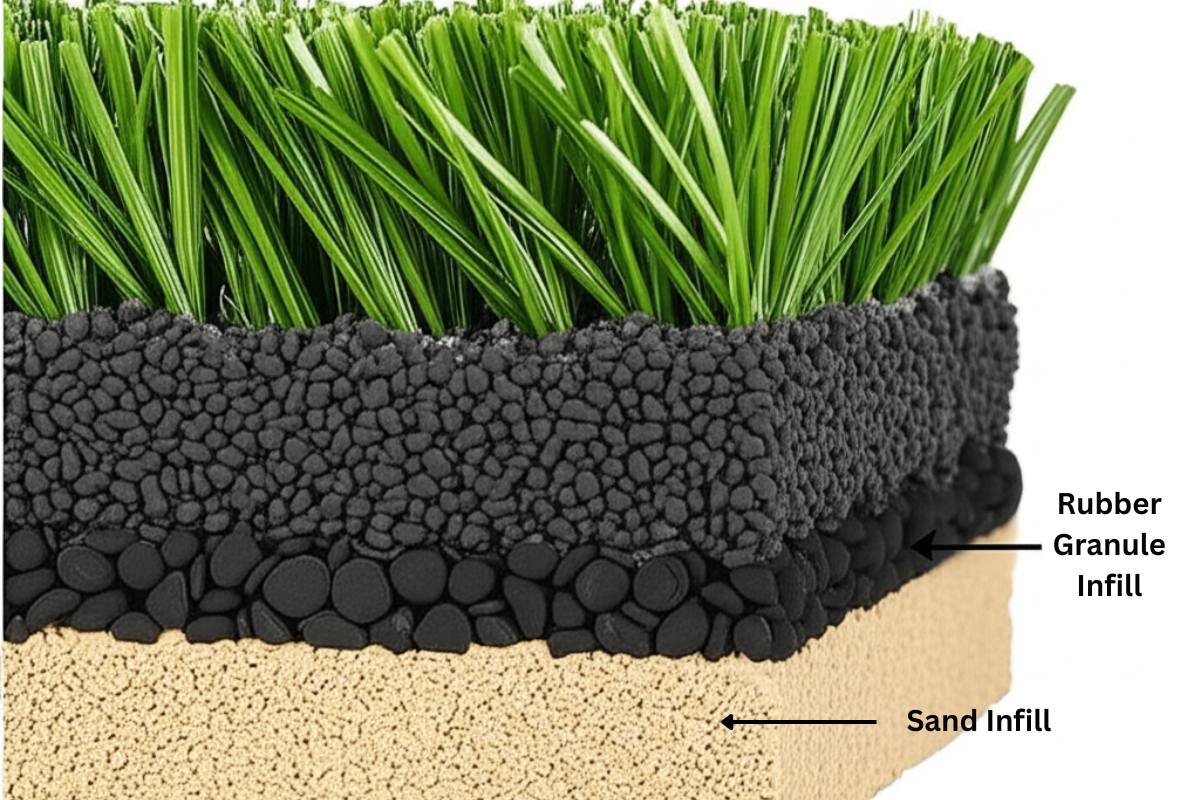
Understanding Infill Materials and Their Safety
Infill Materials — also known as recycled rubber or tire-derived products—are frequently used for landscaping, playground materials, and synthetic turf fields. These tires are repurposed to create sustainable products that help reduce waste in landfills while offering practical benefits such as durability, shock absorption, and cost-efficiency.
While there have been concerns about chemicals and toxins in recycled rubber, these worries are largely unfounded. Here's what the research says:
Why Infill Material Is Safe
No Link to Cancer or Chronic Illness:
Extensive studies by the EPA, CDC, and CPSC have shown that there is no elevated risk of cancer or chronic illnesses from exposure to recycled rubber materials used in turf applications. These studies involved testing and monitoring of various products, including tire-derived materials used in synthetic fields and playgrounds, which have consistently shown that recycled rubber materials are safe for public use.
No Significant Toxicity or Harmful Chemical Exposure
One concern often raised about recycled rubber is the potential for harmful chemicals, like heavy metals or volatile organic compounds (VOCs), to leach into the environment.
However, studies have consistently shown that the levels of these substances in recycled rubber, are well below levels that would pose a health threat.
The EPA's Federal Research Action Plan on tire crumb used in synthetic turf concluded that the levels of chemicals in recycled rubber products do not exceed safe limits for exposure. The agency also confirmed that there is no evidence to suggest that recycled rubber materials in turf systems cause any adverse health effects.
Durability and Non-Leaching Properties
Infill material, along with other recycled rubber products, are designed to be highly durable and resistant to breakdown over time. This means that there is minimal risk of harmful substances leaching into the surrounding environment. Unlike some other materials that may degrade quickly under wear and tear, recycled rubber maintains its integrity, offering long-lasting safety and reliability.
Research has found that, due to their durability, these materials do not release hazardous chemicals into the environment, which is a critical safety factor for areas like playgrounds, sports fields, and lawns.

Research-Backed Assurance on Safety
The research conducted by leading organizations has confirmed that infill materials—and recycled rubber in general—do not pose a health risk.
Here’s how these reputable agencies have weighed in:
U.S. Environmental Protection Agency (EPA)
The EPA conducted a detailed study on the safety of recycled tire materials used in turf and playground systems. Their research, part of a larger Federal Research Action Plan, found that exposure to recycled tire materials, does not present an increased risk to public health. They also found that the chemical compounds in tire-derived products are present
at levels too low to pose significant harm.
• Read the EPA's findings on recycled tire crumb
here.
Centers for Disease Control and Prevention (CDC)
The CDC collaborated with the EPA and CPSC to investigate the safety of recycled rubber materials used in synthetic turf. Their studies confirm that no significant health risks have been linked to the use of infill materials or tire crumb rubber in these applications. These materials have been shown to be safe for children, athletes, and workers exposed to them regularly.
• Access the CDC’s research on recycled tire crumb here.
Consumer Product Safety Commission (CPSC)
The CPSC conducted reviews of existing studies on the use of recycled tire crumb in turf fields and found that, based on current research, no health risks are associated with these products. These findings apply broadly to all recycled rubber products, used in landscaping and playground applications.
• Read the CPSC's report on tire crumb safety
here.
Why Choose Infill Rubber Materials for Your Project?
Not only do infill materials provide a safe, effective solution, but they also offer substantial environmental benefits. By repurposing tires that would otherwise be discarded, recycled rubber reduces landfill waste, conserves natural resources, and supports the creation of durable and sustainable products for fields, playgrounds, and landscaping.
Choosing recycled rubber materials for your turf systems means you are making a responsible choice for the planet without compromising safety.

Our Commitment at Midwest Elastomers
At Midwest Elastomers, we take the safety of our products seriously. We don't just claim that our products are safe—we actively research, test, and ensure their safety in every step of our manufacturing process. Our commitment extends to:
- Sustainable recycling: Giving new life to end-of-use tires while reducing landfill waste.
- Consistent quality control: Monitoring every step of our production to ensure clean, high-performing materials.
- Transparency: Staying current with the latest research and regulations to support safe applications across industries.
We’re dedicated to ensuring that our materials not only perform well but also protect people and the planet.
Conclusion
Decades of scientific research and government-backed studies have made one thing clear: infill materials made from recycled rubber are a safe and effective choice for a wide range of applications, from playgrounds to synthetic sports fields. With no significant health risks, minimal environmental impact, and impressive durability, these materials continue to provide communities with a reliable and sustainable solution. Choosing recycled rubber not only supports safety but also contributes to a more eco-conscious future.
Still have questions about the safety of recycled rubber infill?
Reach out to our team to learn more about the science behind infill materials and how they can support safe, sustainable applications in playgrounds, sports fields, and landscaping. We're here to help you make informed, confident decisions.
Contact Us
MEI Blog
